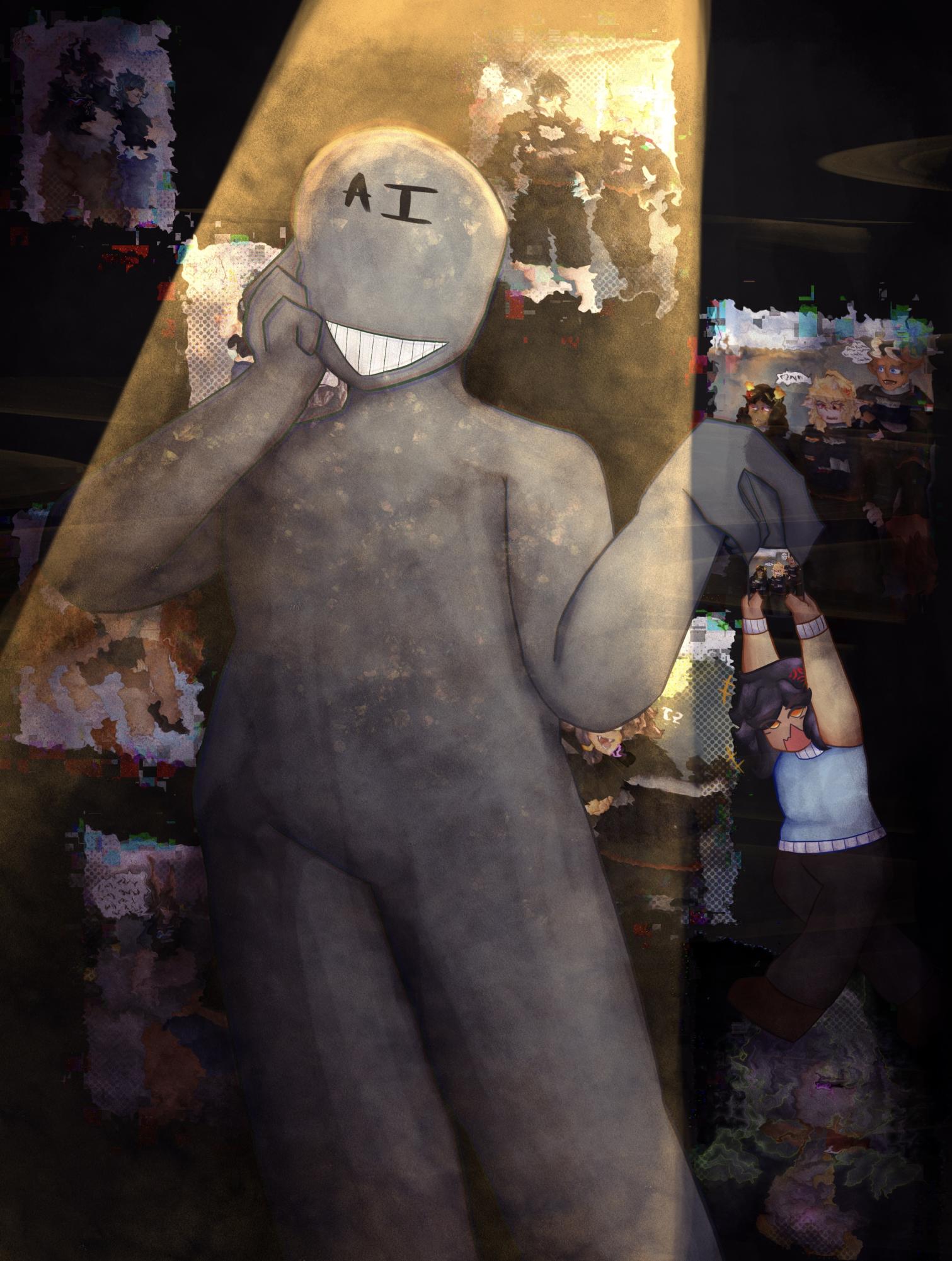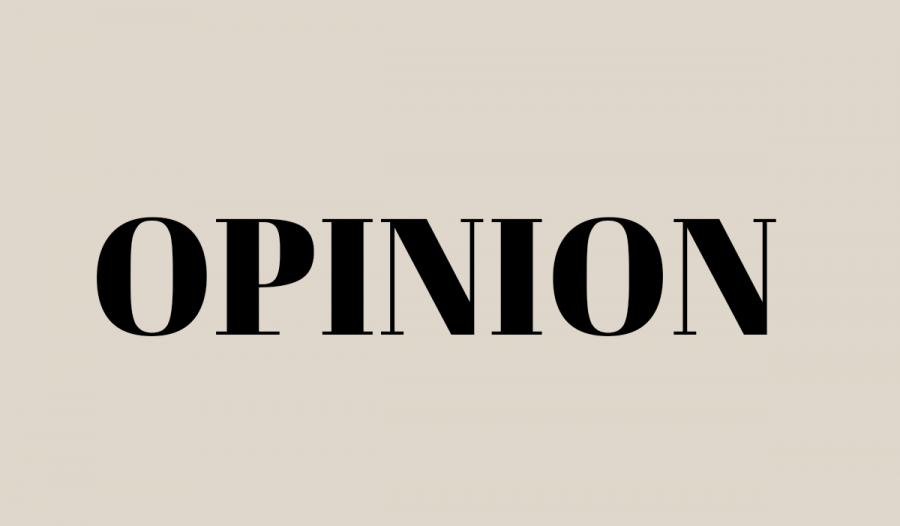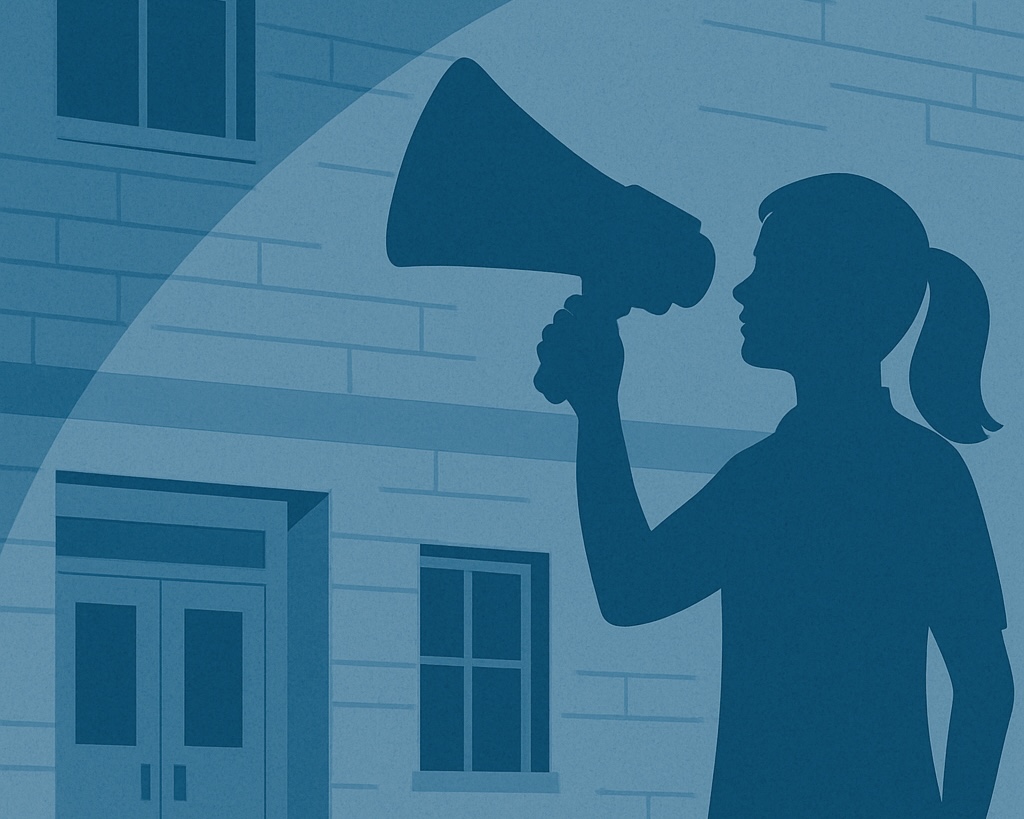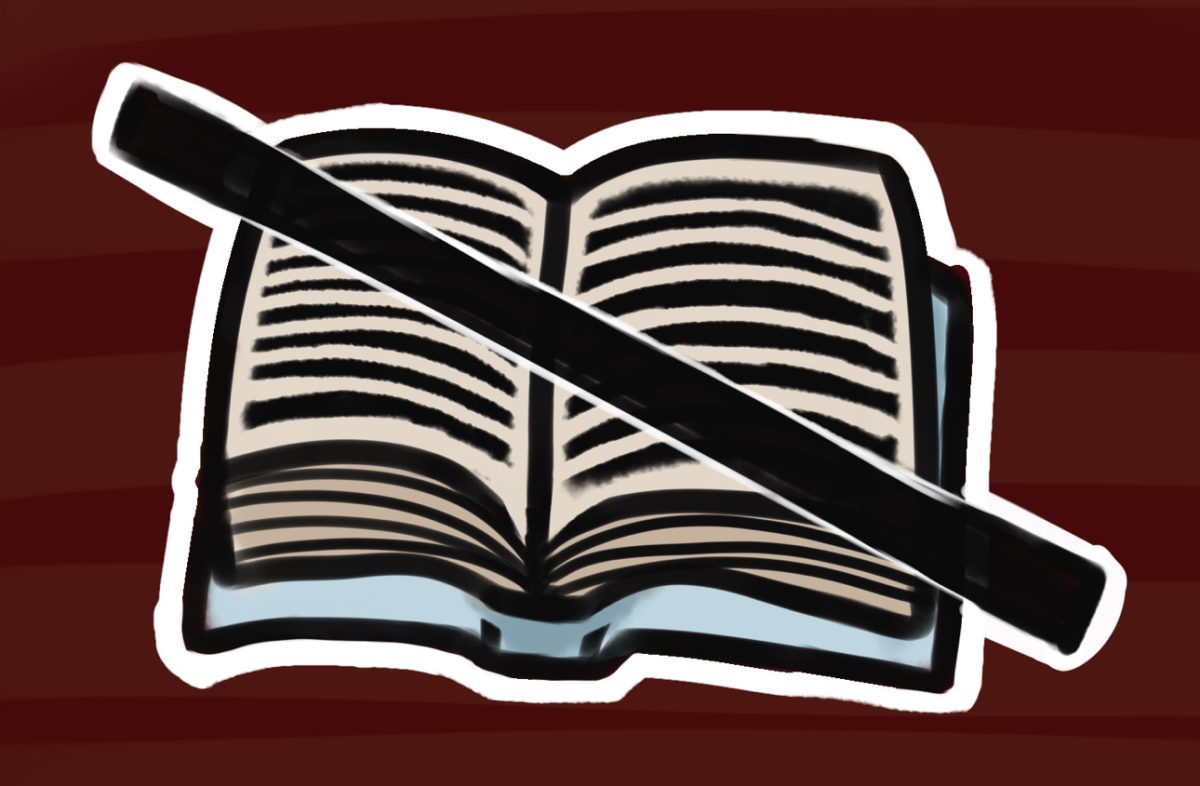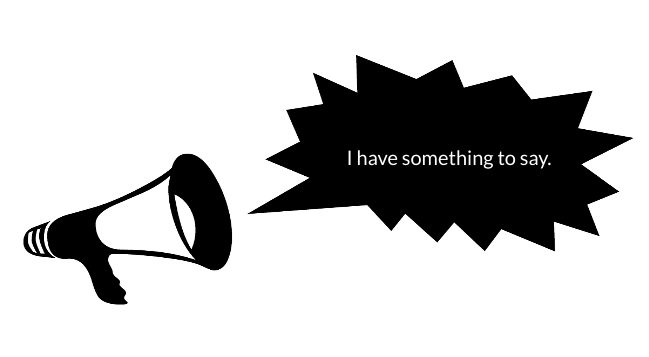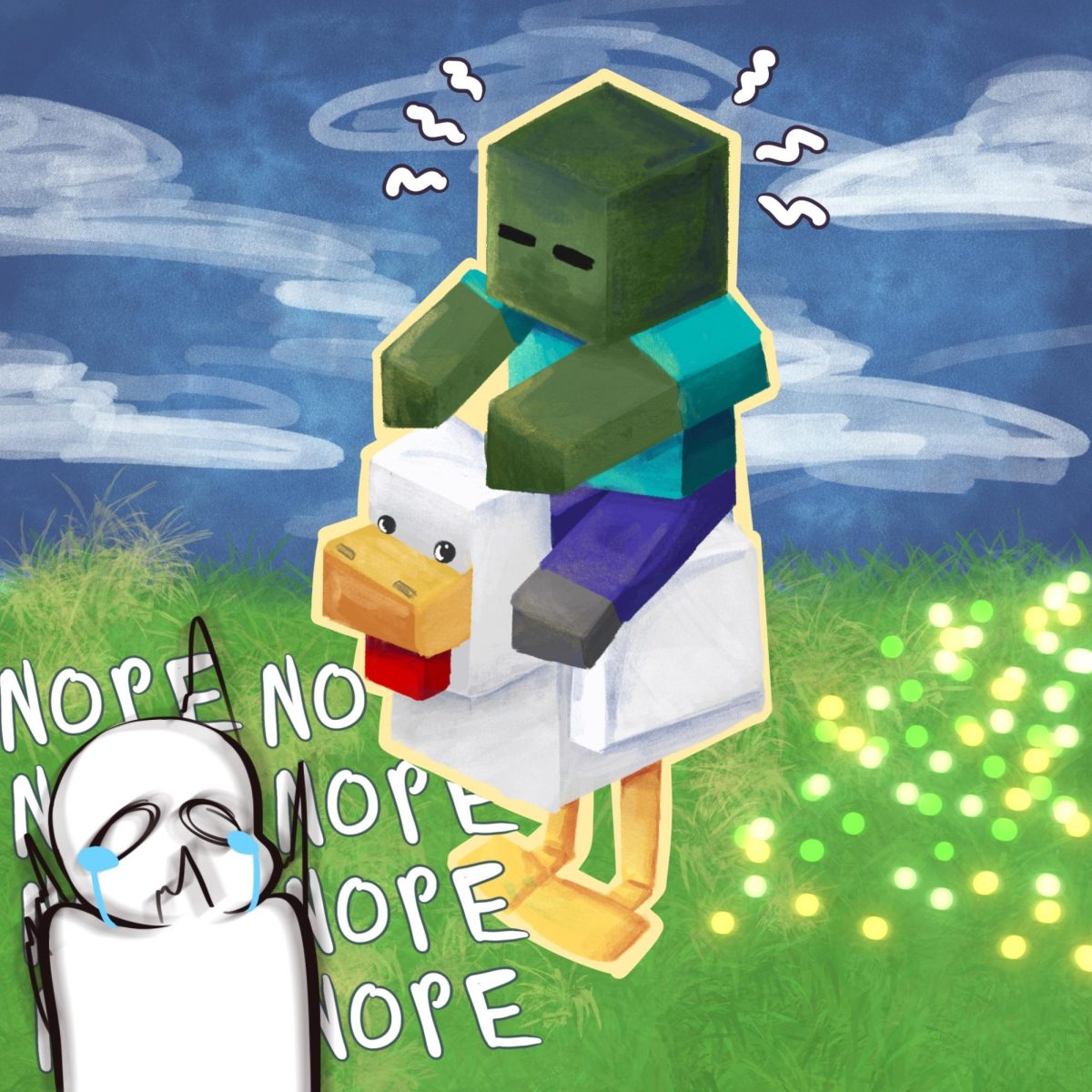What The Art Process Is Like For An Artist
As a digital artist, I’ve spent lots of time drawing on my iPad, trying to get my art the way I want it. Sketching away, lining art, coloring, and finally rendering the whole thing. The process isn’t easy. Some days the hardest part of being an artist is actually getting an idea and finalizing it with a sketch.
For example, the editorial cartoon I drew to accompany this article took three and a half hours to create It may look simple, but it’s really not. The original sketch looks nothing like the final product. During the process something didn’t sit right with me so I scrapped it and went searching for references. I pulled up many images from Pinterest to use as references and inspirations for my sketch, before I finally settle on one I actually like.
After all of that, and arguably my favorite part , I ink/lined it and colored it all in. Once that was finished, I rendered and added all the shadows, lighting, textures, and fun other stuff to really pull the piece together. This part takes trial and error and experimenting to find something I like. One thing might not work out, but it gives me an idea for something else I can try.
Once I put my signature on it, I have the final piece.
I know from experience that making art isn’t easy, so when I see others using AI and claiming that they are an “AI artist,” a little part of me dies. My artist friends and I put blood, sweat, and tears into our works.
What Is AI Art and How Is It Created?
AI art has been becoming more prevalent, and wide spread on social media. You can find AI art being used on TikTok, Instagram, Twitter, etc. Some of the biggest AI art generators include MidJournary, Stable Diffusion and WOMBO dream. They’re all free to use as long as you have an idea, you can input it and boom! You have your very own art piece right in front of you.
To create AI art, the AI algorithm does not follow a set of “rules” or “code” in order to create. Instead it “learns” by taking in images online for a certain aesthetic. The algorithm then tries to make new images based on what it has learned from taking those images. In the end you have an art piece that is made by different and various images taken from online. In addition, with some websites you can input an image, and the AI will take that image and use it as ‘inspiration.’ This makes it easy for people to take art from artists, by running it through an AI art program to pass it off as their own.
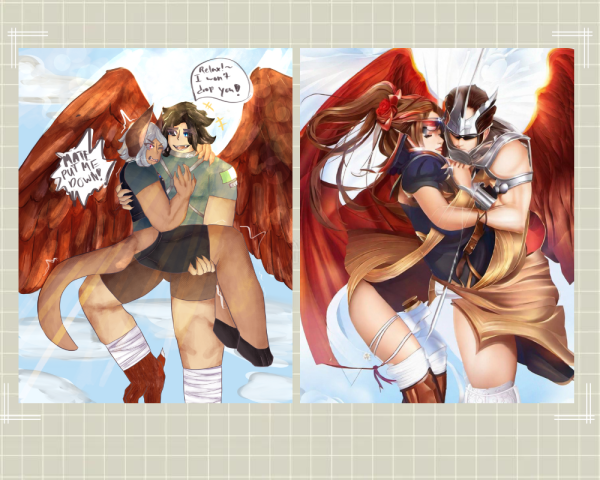
Since AI art is created by altering and the inputing images, there is no human talent. As of 2023 in the United States, a federal judge ruled that AI artwork cannot meet federal copyright standards.
With AI art taking different art styles from different artist and mashing it to make one, real artists with that art style get hate; people claiming that their art is AI generated. This can put a dent in an artist’s confidence and motivation to create and produce more art.
Also with people turning to AI art, people who take commissions or people who create art as their job, it becomes harder for them to earn money. Jobs like graphic designers, animators, tattoo artists, and even photographers all make art as their job and yet people use AI so they don’t need to pay an actual person.
How Are Artists Dealing With AI Art?
Those who aren’t as artistically inclined use AI to get a good laugh or to manifest something they’ve imagined. Yet, when people start to use it to replace actual artists, it is infuriating. AI art lacks actual passion and individuality all you get is a soulless piece of art made up of stolen artwork. Sure, it looks amazing at first glance but, looking closer, you can see all the flaws in it. Lines leading to nowhere, anatomy looking off, lighting not matching the light source, extra limbs or missing limbs, and so much more.
With all this discourse on AI stealing the original art of artists to use for themselves, and people saying that artists are using AI just because their art style looks AI generated, it gets pretty disheartening. Yet, there are ways artists are fighting back against it.
One way artists are fighting back against AI is by creating a data poisoning tool, that being Nightshade.
Nightshade was created by a team led by Ben Zhao, a professor at the University of Chicago, It operates by changing the pixels of images in pixels that are invisible to the human eye, but not to the AI eyes. As the manipulated images are fed to the machine-learning models it makes, it interpret the images somewhat differently from what it actually shows.
Another project Zhao have worked on along with many others is a website called Glaze. The way it works is an artist puts their art into the program and it puts a cloak on it. The program was designed to disrupt style mimicry in many different AI models (e.g. Midjounary, Stable Disfusion, etc). And it’s not easy to get rid of the cloak on the art. Even if someone screenshots, crops the art, reformats the art work and adds noise to break the pattern, Glaze works on a different dimension. The website which Glaze is run on says, “think of Glaze like a new dimension of the art, one that AI models see but humans do not.”
Artist have also started movements online for example with the hashtag ‘#notoaiiart.’ This was started by Bulgarian illustrator Alexander Nanitchkov in late 2022 on instagram. Nanitchokov’s issue began with a platform called ArtStation, which was accused of not doing enough to prevent artists’ work from being taken from the site and fed into a program that creates AI art, and not flagging when AI art is uploaded to the site. Nanitchkov spoke against those who still support it and use it. He wrote in a post, “I have no respect for anyone that uses it to make final images and then calls themselves an artist, if you are going to steal, have the decency to do it yourself.”
What Does It Mean For Artists In The Future?
Sure, with a few clicks of a button you can create a “masterpiece” within seconds, but that can never replace the authenticity that a human made. You will never feel the same love, feel the effort, and feel the blood, sweat and tears a human puts into their art compared to a soulless AI.
As the months and years progress, AI art will only continue to grow more prevalent in our daily lives. Artists can only continue to fight back by creating their own programs to fight back, while also pushing for laws that will protect artist from ill obtained data. Don’t think this only concerns artists. With new AI evolving now being able to create videos, misinformation can spread across the internet. It’s not easy spotting AI videos or artworks unless you are really looking for it.
We did not spend hours of love and dedication on an work just for it to be stolen, and lose all the things we loved about it. AI should only be used as a tool, not to replace an artist job. One of the examples I’ve seen is how Across the Spider-Verse used AI, but many animators were involved with it. The effects team made a library of drawings from angles, and then they used a machine learning program to guess where those lines would go while an actual person went in to correct it when it was wrong.
Support your local artist, give attention to their work, and show your appreciation for what they do. Even if they are a beginner, encourage them to continue working on their skills to become even better. I’ll always prefer the imperfect brush strokes of a human over a ‘perfect’ AI generated art piece any day.


